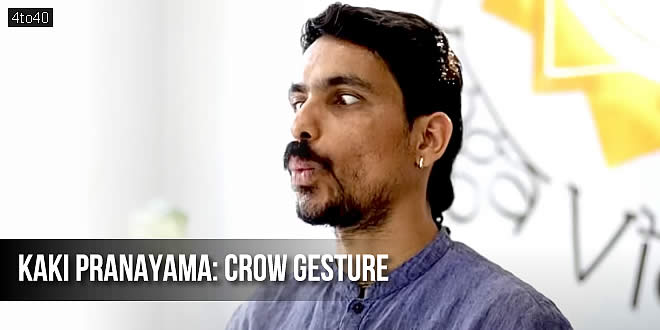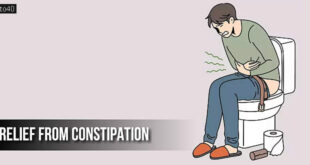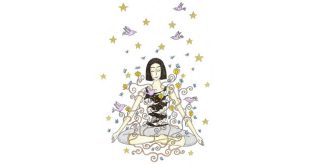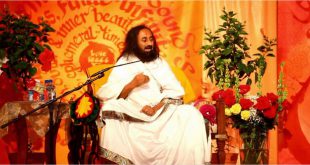Kaki Pranayama: Kaki is a Sanskrit word which means crow and Pranayama means a breathing technique. In this Pranayama, lips are pursed and they look like a crow beak. Therefore, it is called Kaki Pranayama.
Precaution:
People suffering with low blood pressure, asthma, bronchitis and excessive mucus, should not practice this Pranayama.
Kaki Pranayama (Crow Gesture): काकी योग मुद्रा
Technique:
Sit in a meditation posture, preferably in Padmasana. Place both hands on the knees in Gyan or Chin Mudra. Straighten your spine, neck and head in one line. Close your eyes gently. Purse the lips like a crow beak. Apply Mool Bandha (Mula Bandha) (मूलबंध). Now inhale slowly and deeply through the mouth. At the end of inhalation, close the mouth bringing the lips together and apply Jalandhara Bandha (जालंधर बंध). Hold the breath inside as long as is comfortable. Release Jalandhara Bandha. Exhale through the nostrils slowly. At the end of exhalation, release Mool Bandha (Mula Bandha) (मूलबंध). This is one round. Repeat 5 rounds. After completing the rounds, return to the starting position and take rest until the respiration returns to normal. Increase the number upto 10 rounds gradually over a period of time.
Kaki mudra is one of the ancient Pranayam technique to calm the mind. It is also helpful to improve focus and reduce stress. If you perform this Pranayam regular around five minutes your entire body gets the feeling of cooling. All the imbalance is related to fire elements becomes balance.
Awareness:
Concentrate on inhalation, retention, exhalation and counts of breaths. Spiritually one can concentrate on Anahata Chakra.
Benefits: Kaki Pranayama
- Kaki Pranayam is a cooling yogic breathing practice. Therefore, body and mind get cooled down.
- High blood pressure and pitta dosha are cured.
- This pranayam helps in curing diseases like skin diseases, herpes, jaundice and inflammation of spleen.
 Kids Portal For Parents India Kids Network
Kids Portal For Parents India Kids Network






